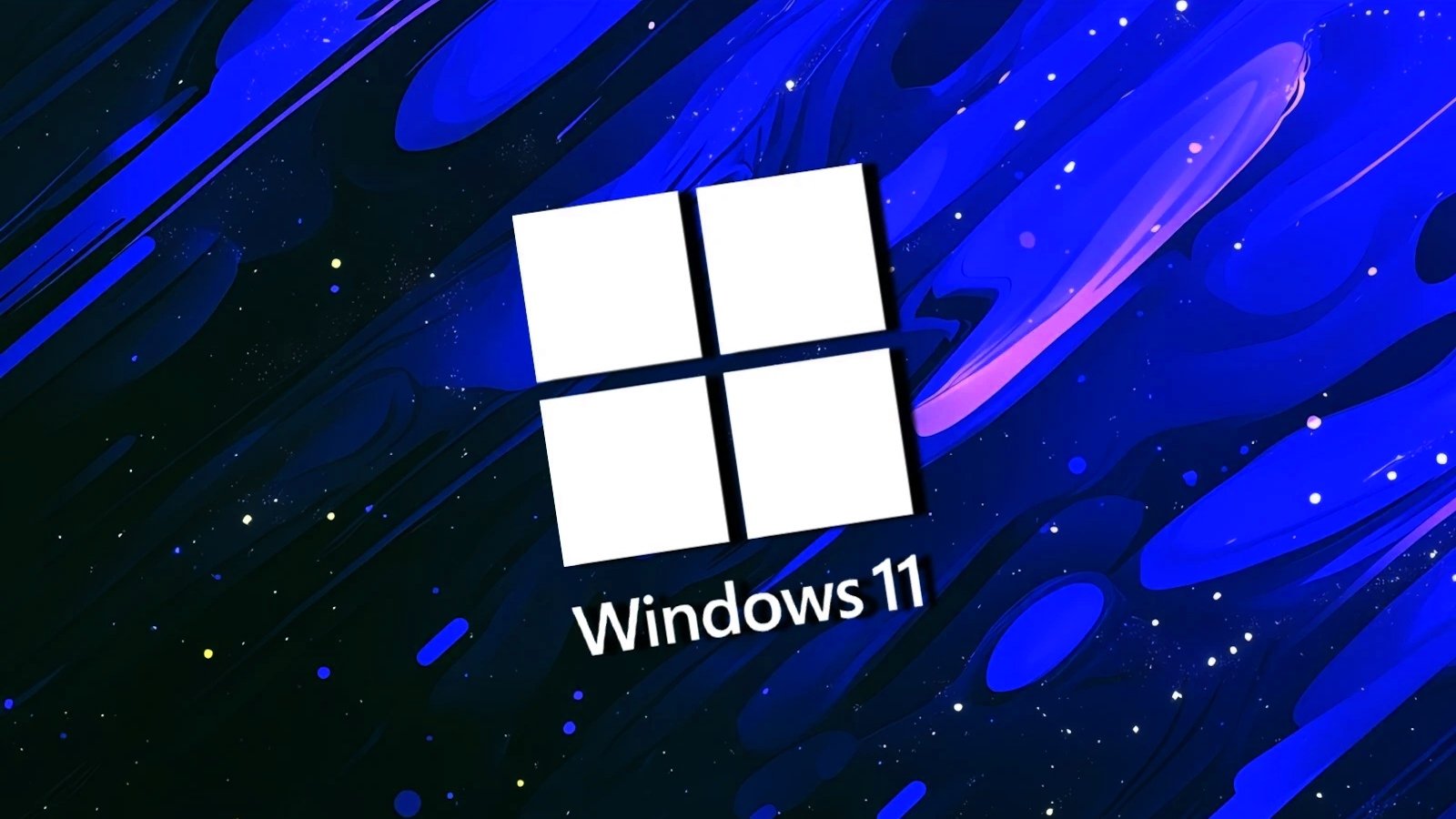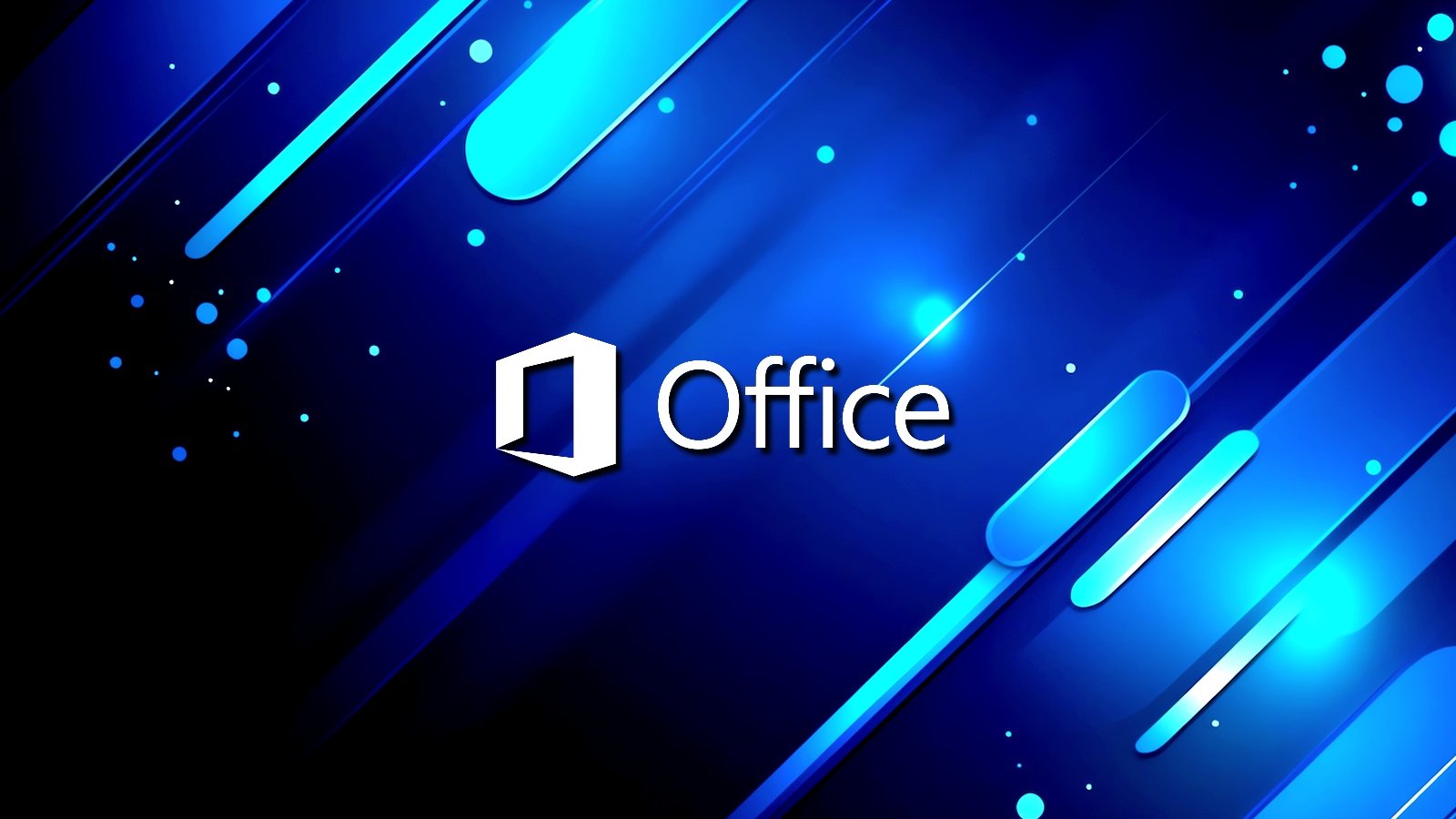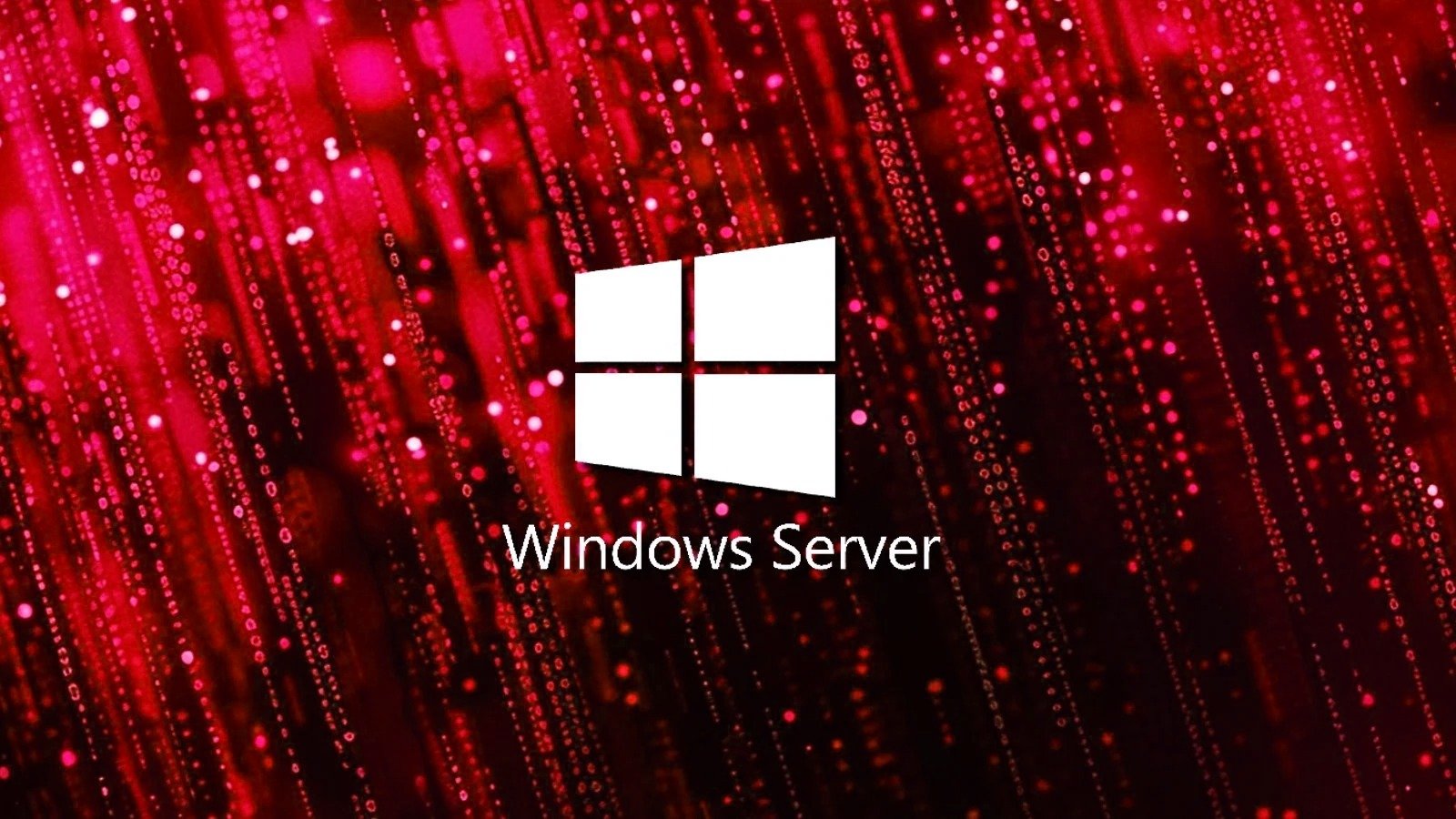Example Searches:
CVE
Threat Actors
Countries
Vendors
Severity
Known Exploited

|
Description: Microsoft has released the KB5053656 preview cumulative update for Windows 11 24H2 with 38 changes, including real-time translation on AMD and Intel-powered Copilot+ PCs and fixes for authentication and blue-screen issues. [...]
March 27th, 2025 (2 months ago)
|

|
Description: In May, Microsoft plans to roll out a new Windows scheduled task that launches automatically to help Microsoft Office apps load faster. [...]
March 27th, 2025 (2 months ago)
|

|
Description: Microsoft says a known issue is causing Remote Desktop freezes on Windows Server 2025 systems after installing security updates released since the February 2025 Patch Tuesday. [...]
March 27th, 2025 (2 months ago)
|

|
Description: Hackers have long used Word and Excel documents as delivery vehicles for malware, and in 2025, these tricks are far from outdated. From phishing schemes to zero-click exploits, malicious Office files are still one of the easiest ways into a victim’s system.
Here are the top three Microsoft Office-based exploits still making the rounds this year and what you need to know to avoid them.
1.
March 27th, 2025 (2 months ago)
|

|
Description: Microsoft has fixed a known issue causing some USB printers to start printing random text after installing Windows updates released since late January 2025. [...]
March 26th, 2025 (2 months ago)
|

|
Description: The threat actor known as EncryptHub exploited a recently-patched security vulnerability in Microsoft Windows as a zero-day to deliver a wide range of malware families, including backdoors and information stealers such as Rhadamanthys and StealC.
"In this attack, the threat actor manipulates .msc files and the Multilingual User Interface Path (MUIPath) to download and execute malicious payload,
March 26th, 2025 (2 months ago)
|

|
Description: The Tenable Cloud AI Risk Report 2025 reveals that 70% of AI cloud workloads have at least one unremediated critical vulnerability — and that AI developer services are plagued by risky permissions defaults. Find out what to know as your organization ramps up its AI game.With AI bursting out all over these are exhilarating times. The use by developers of self-managed AI tools and cloud-provider AI services is on the rise as engineering teams rush to the AI front. This uptick and the fact that AI models are data-thirsty — requiring huge amounts of data to improve accuracy and performance — means increasingly more AI resources and data are in cloud environments. The million dollar question in the cybersecurity wheelhouse is: What is AI growth doing to my cloud attack surface?The Tenable Cloud AI Risk Report 2025 by Tenable Cloud Research revealed that AI tools and services are indeed introducing new risks. How can you prevent such risks?Let’s look at some of the findings and related challenges, and at proactive AI risk reduction measures within easy reach.Why we conducted this researchUsing data collected over a two-year period, the Tenable Cloud Research team analyzed in-production workloads and assets across cloud and enterprise environments — including Amazon Web Services (AWS), Microsoft Azure and Google Cloud Platform (GCP). We sought to understand adoption levels of AI development tooling and frameworks, and AI services, and carry out a reality check on any emerging sec...
March 26th, 2025 (2 months ago)
|

|
Description: Microsoft says that some customers might experience Remote Desktop and RDS connection issues after installing recent Windows updates released since January 2025. [...]
March 26th, 2025 (2 months ago)
|

|
Description: Microsoft and Veeam are investigating a known issue that triggers connection errors on Windows 11 24H2 systems when restoring from Veeam Recovery Media. [...]
March 26th, 2025 (2 months ago)
|

|
Description: A threat actor known as EncryptHub has been linked to Windows zero-day attacks exploiting a Microsoft Management Console vulnerability patched this month. [...]
March 25th, 2025 (2 months ago)
|
